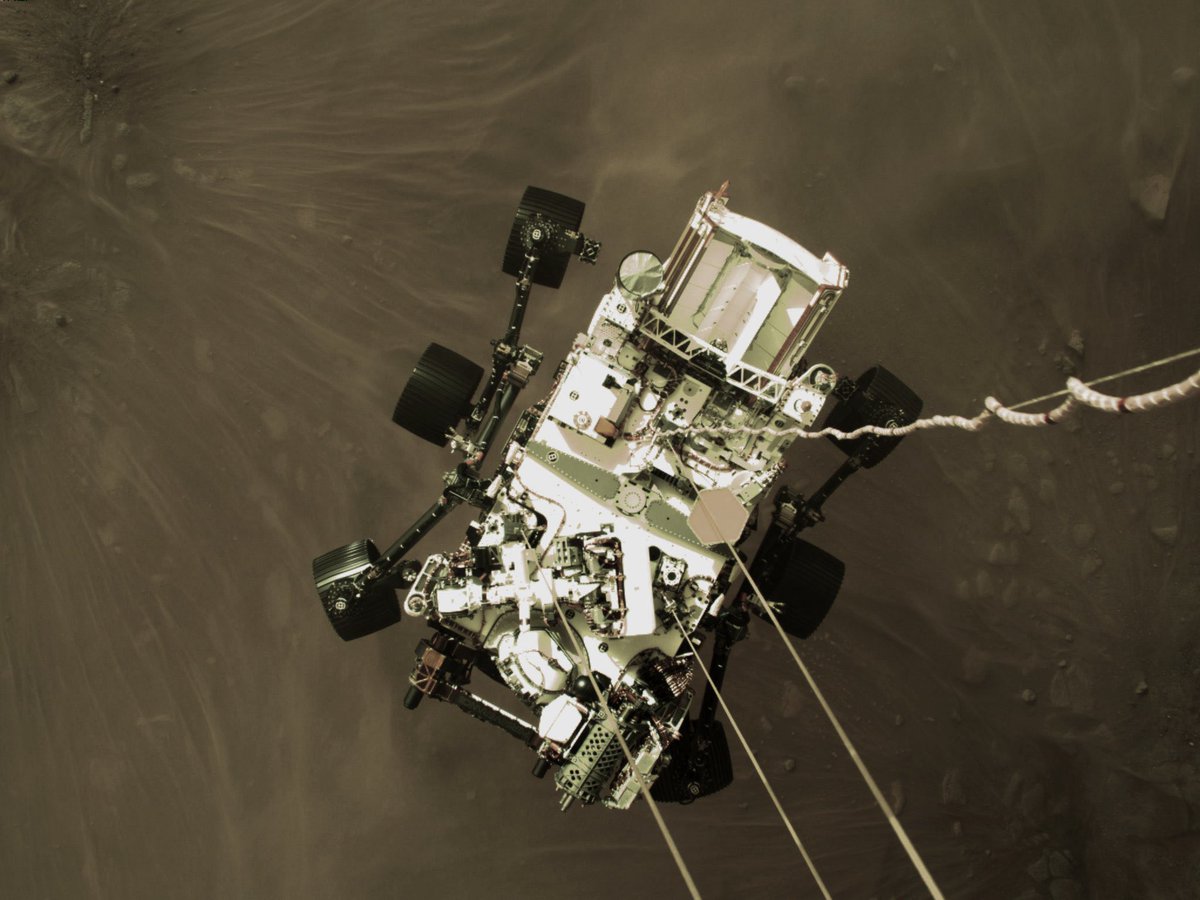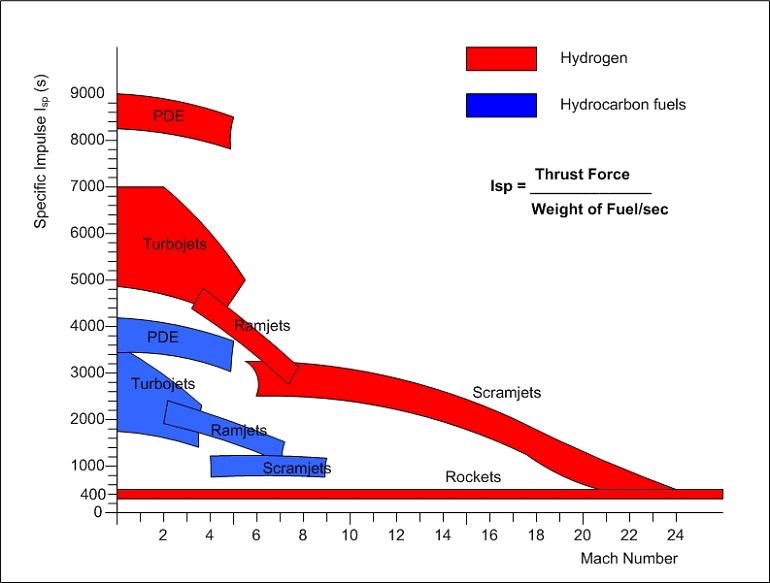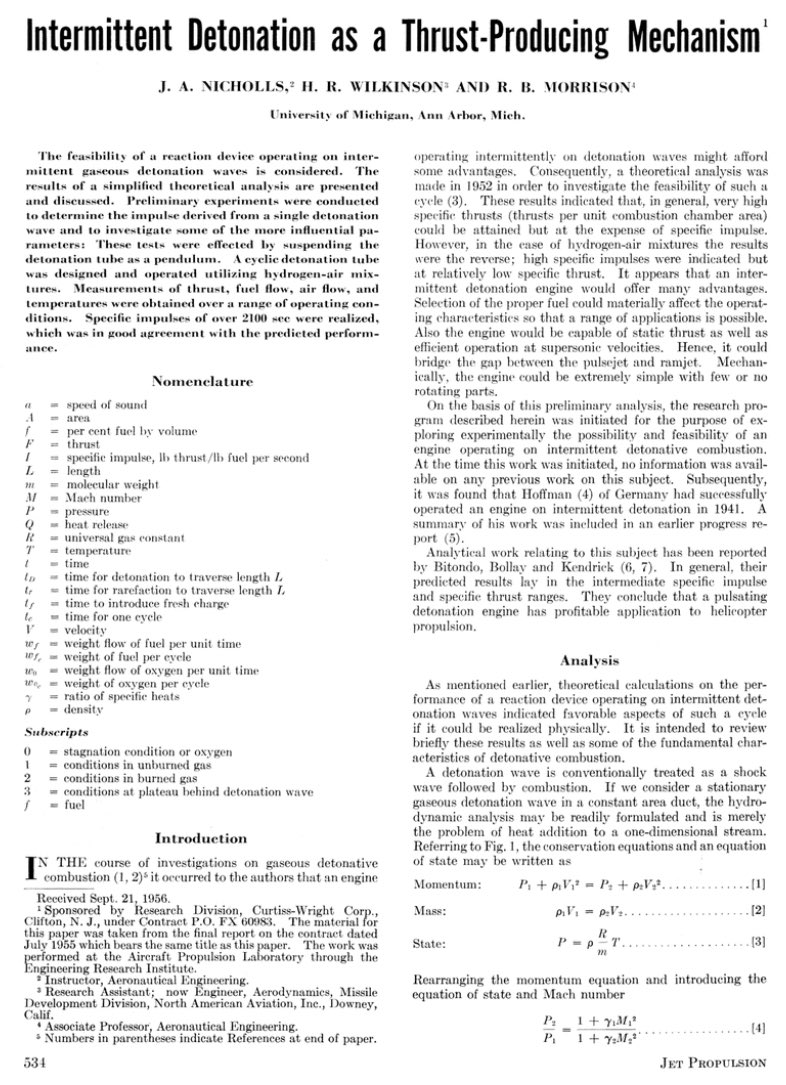
NASA is LIVE with coverage of the Perseverance landing, happening around 2:55p US CT, this is the place to be
Percy about to hit the atmosphere at 3.5 miles/sec (5.5 km/s) and create some serious heat
#CountdownToMars #MarsPerseverance #Perseverance
pscp.tv/w/cv11hDFsWkVw…
Percy about to hit the atmosphere at 3.5 miles/sec (5.5 km/s) and create some serious heat
#CountdownToMars #MarsPerseverance #Perseverance
pscp.tv/w/cv11hDFsWkVw…
The extreme velocity of atmospheric entry will heat the surface of the heat shield to nearly 2,400 F (1,300 C) due to intense shock heating and aerodynamic forces
It’s a tricky part of the mission for many reasons, but our ability to predict/model the physics of these atmospheric entry events is currently limited—it’s a “multi-physics” problem which makes it tough even for our best super-computers to handle
To make matters worse it’s almost impossible to accurately recreate these exact conditions in a sustained experiment on the ground, so we do our best with experiments and computations that we hope get it *mostly* right
With the large uncertainties involved, we have to do a bit of over-engineering
Consider that the Mars Science Laboratory mission (Curiosity) only burned through 10% of its heat shield
Better to do that than the other way around, but still that’s limiting your payload
Consider that the Mars Science Laboratory mission (Curiosity) only burned through 10% of its heat shield
Better to do that than the other way around, but still that’s limiting your payload
• • •
Missing some Tweet in this thread? You can try to
force a refresh











